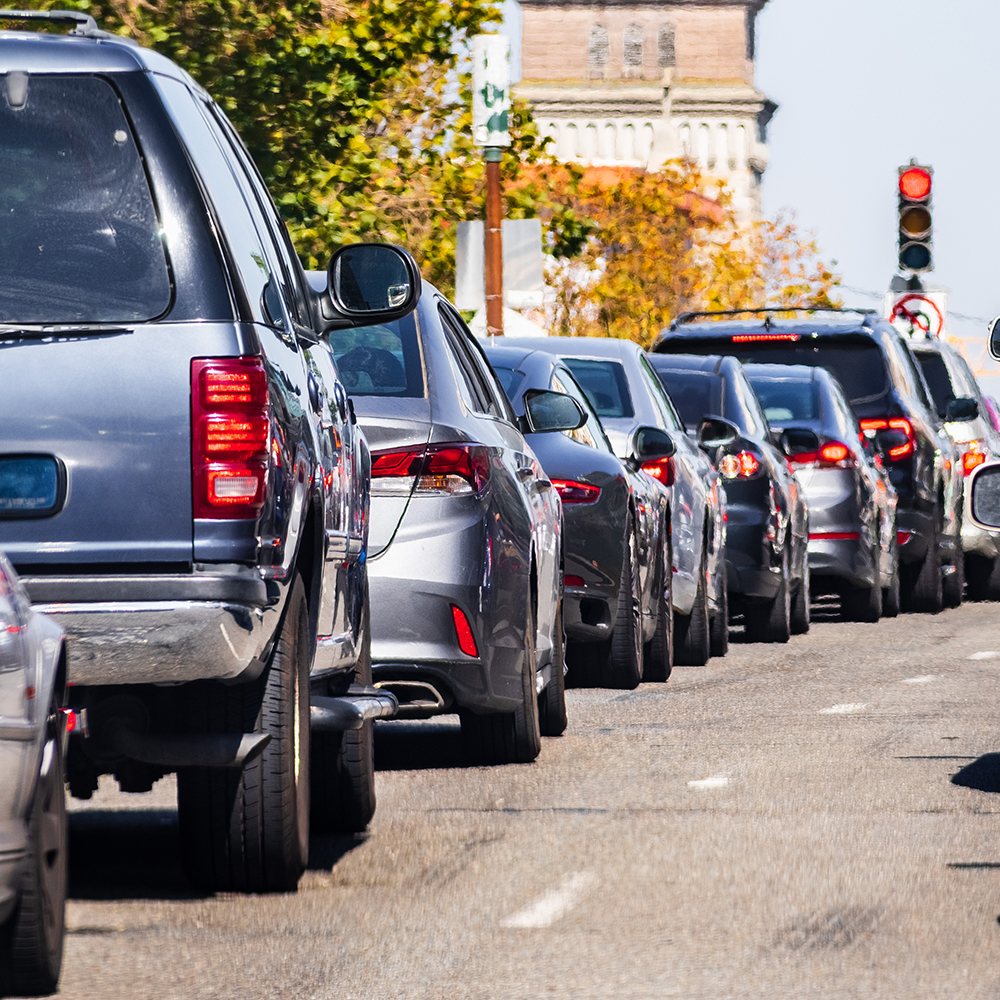The network is in such straits that local transit agencies are looking at a grim scenario in which BART cancels weekend service and closes “nine stations just to keep the lights on elsewhere,” the San Francisco Chronicle reports. When they do run, trains won’t arrive in 15-minute intervals – instead they’ll show up once an hour. Meanwhile, Muni buses in San Francisco will “crawl around on life-support, and the East Bay’s AC Transit” will kill off a number of local lines. Ferry service across the bay would be cut in half.
“People don’t understand the transit system is so close to collapse,” Ian Griffiths of the transit advocacy group Seamless Bay Area told the Chronicle. “They’re on the brink.”
Like bankruptcy, this has happened slowly, then all at once.
Public transit ridership has been falling for years. A study funded by the Transportation Research Board found that bus ridership in the U.S. declined 15% between 2012 and 2018, while rail ridership fell by 3%. In Southern California, train and bus ridership slumped by as much as 15% over a five-year period that started in 2013. The Bay Area lost more than 5% of its annual riders in 2017 and 2018, “despite a booming economy and service increases,” says UCLA urban planning and public policy professor Brian D. Taylor.
Then came COVID, which made riding crowded buses and trains a health hazard, and the associated lockdowns, which were excessively restrictive in California and trapped most at home. At the national level, according to Federal Transit Administration data, transit agencies carried only about half as many riders in February of this year as they did in February 2020.
Today systems are still trying to rally back. This is especially true in the Bay Area. The “region’s commuter trains, buses and boats” are struggling “to recover from massive ridership declines during the COVID pandemic,” says the Chronicle, while at the same time burning “through the remaining federal relief funds that have helped keep them operating.”
Even though the public’s clearly expressed preferences, policymakers remained determined to shove people back into trains and buses, even if it takes billions of taxpayers’ dollars to get them there. And this is no recent development. Systems have been for years in imminent danger of foundering if taxpayers don’t bail them out. New York officials warned in 2018 that the Metropolitan Transportation Authority would enter a “death spiral” if it wasn’t handed $40 billion. Just weeks after the coronavirus outbreak arrived, the American Public Transportation Association asked Washington for “$12.875 billion for public transit to offset direct costs and revenue losses of COVID-19 in Fiscal Year (FY) 2020.”
Even if officials and activists got every dime they swear they need, there are no guarantees riders will return. Riding public transit has become a dangerous and unsettling experience. Patrons complain of open crime and belligerent riders who make traveling miserable. Trains and buses are dirty. Satisfaction ratings are dropping. Better options include the freedom and increased accessibility provided by commuting by car, and convenient rideshare services.
Yet both are unacceptable options to the thinking of many lawmakers, especially the California variety. They’re uncomfortable with people moving around outside the boundaries they’ve tried so hard to keep them within. It drives them crazy.
Kerry Jackson is a fellow with the Center for California Reform at the Pacific Research Institute.

